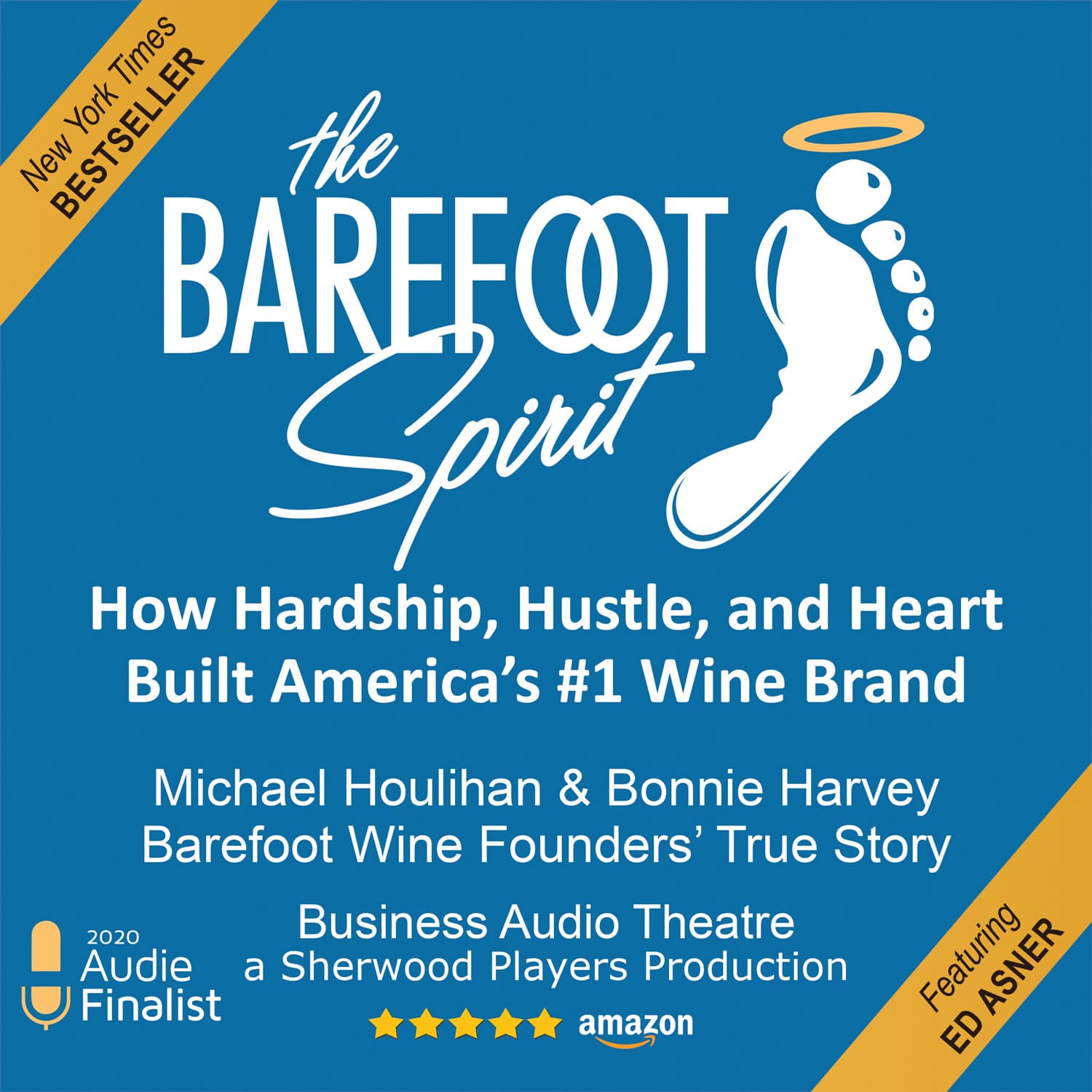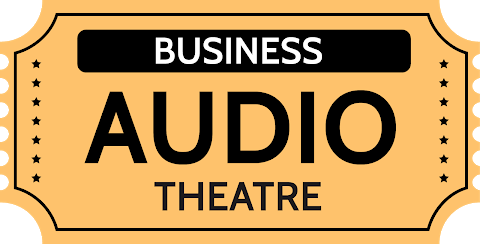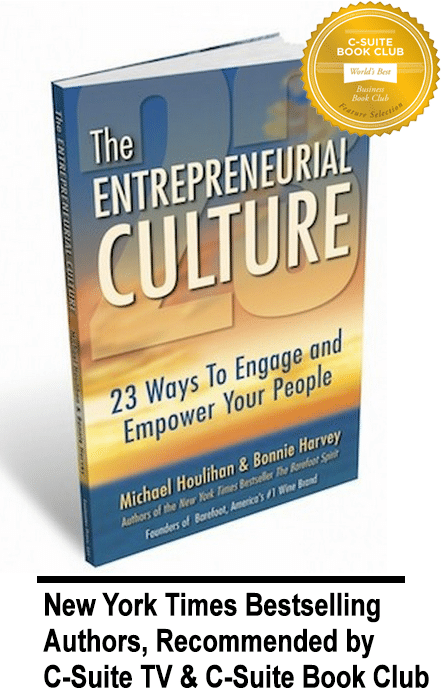
We think this happens because it is allowed to happen. The way these folks have been oriented during the training process, the way they are paid, and the level of their knowledge of the company’s sales, growth, and profitability can make all the difference. With the right preparation, incentive, and visibility, employees will know how to set their priorities so they’re not just busy, they’re productive!
Orientation. This is not something that has to do with the coffee room, the bathroom, or the forms. It has to do with where the money for the company that pays their salary, bonus, and benefits actually comes from. It has to do with how their job impacts that process. It has to do with really breaking it down graphically so there are no misunderstandings about who the real customers are, what they expect, and why they continue to pay good money for the goods and services the company provides.
We developed a “Money Map” to make this clear to all new hires. Not too different from a treasure map, it showed our people how the money travelled to them, who were involved at each level, and what they wanted. This kind of orientation is not a one-shot deal. It should be revised and repeated annually to keep people focused on the real priorities which change as the company strives to remain relevant and advance in the marketplace.
Compensation. We believe at least some part of an employee’s salary should be based on the performance of the company. Sure you can get granular and bonus on specific production, but in order to build team peer pressure and cooperation, you must focused their attention on the customer. And that goes for everybody in the company.
Since most people are coin operated (respond to monetary incentives), a quarterly 401K matching contribution gets the attention of your staff. Base it on agreed upon metrics of sales, growth and profitability. Since the employer’s matching contribution is voluntary, you have the ability to send a powerful message to your people every quarter. This works better than annual bonuses because the one year time period is simply too long and allows your employees to give up if the first quarter is poor, or lay back if the bonus number is met mid-year.
Visibility. If you have their attention with a well-thought-out performance bonus, they will be very interested in how the company is doing simply because it now reflects in their paycheck. So share with them your monthly reports, identify key challenges and focus on priorities during regular monthly meetings. This will help them zero in on the tasks that really make a difference to the bottom line. It will give them the perspective to understand what they can do to improve the picture.
By practicing what we called “Know-the-Need’ rather than “Need-to-Know,” we got great ideas from our people on a regular basis that solved problems in production, quality control, and marketing. We were able to cut costs and increase profitability because they knew what was needed, they knew we would listen, and they were members of a team interested in achieving quarterly bonuses. Suddenly they were focused on being productive and not merely busy!
Who We Are

Michael Houlihan and Bonnie Harvey co-authored the New York Times bestselling business book, The Barefoot Spirit: How Hardship, Hustle, and Heart Built America’s #1 Wine Brand. The book has been selected as recommended reading in the CEO Library for CEO Forum, the C-Suite Book Club, and numerous university classes on business and entrepreneurship. It chronicles their humble beginnings from the laundry room of a rented Sonoma County farmhouse to the board room of E&J Gallo, who ultimately acquired their brand and engaged them as brand consultants. Barefoot is now the world’s largest wine brand.
Beginning with virtually no money and no wine industry experience, they employed innovative ideas to overcome obstacles, create new markets and forge strategic alliances. They pioneered Worthy Cause Marketing and performance-based compensation. They built an internationally bestselling brand and received their industry’s “Hot Brand” award for several consecutive years.
They offer their Guiding Principles for Success (GPS) to help entrepreneurs become successful. Their book, The Entrepreneurial Culture: 23 Ways To Engage and Empower Your People, helps corporations maximize the value of their human resources.
Currently they travel the world leading workshops, trainings, & keynoting at business schools, corporations, conferences. They are regular media guests and contributors to international publications and professional journals. They are C-Suite Network Advisors & Contributing Editors. Visit their popular brand building site at www.consumerbrandbuilders.com.
To make inquiries for keynote speaking, trainings or consulting, please contact sales@thebarefootspirit.com.







